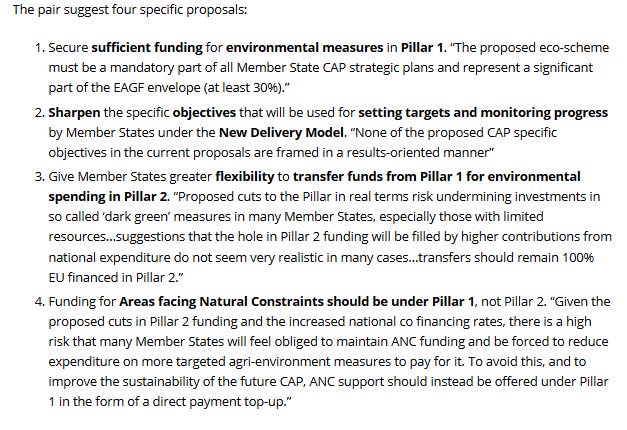Not a financial institution, not a government, not a spy agency. Money systems should serve people that create it.
/n
A single point of financial failure is dangerous.
/2
EUR a money system with rules
Bitcoin a crypto-asset system with rules
USD a money system with rules
Financial markets are systems t0o: equities, fixed income, commodities, and FX
All of these systems offer a type of $$ protection with rules.
/3
New things are defined by existing things.
If features offered are bank-like, the assumption is its a bank.
If features enabled are exchange-like, as assumption is clear.
but wait
/4
We started at the beginning -- call it the core focus of regulatory systems.
We learned the core focus of financial regulation centers on 2 key ideas:
- custody of someone else's money
- commissions taken from someone else's money for transactions or sales
/5
Build a system enabling users to receive, hold, send, exchange, and trade their personal purchasing power instantly, privately, and without limit.
Ensure it enables transfers and exchanges without disturbing a financial institution.
Oh, and the links...
/6
Linking to existing bank systems is vital to serving users. We believe bitcoin services may prove to be a sound long-term investment too.
Bridges are points of entry/exit.
/7
Some users will be financial institutions, some investors, some mere consumers.
No transaction fees ever. No top up, load, nothing.
/8
Basically the money changer business -- we avoid it. But lets examine the custodial model.
/9
The agency of control over a digital asset should reside solely with its bearer. The systems, processes, and controls should all work together to ensure that is always true.
So what of custody matters?
/10
Bernie Madoff made custody top of mind in 2008. Where was the money and securities being reported on client statements?
/11
i) client reconciliations + 3rd party confirmations
ii) bank statements + 3rd party confirmations
iii) custodial statements + 3rd party confirmations
Confirm it dude.
/12
Between Madoff and Dodd-Frank, custodial roles got lots of needed attention.
If a business holds client money...
/13
Rather than organize as a bank or money services business, the new model avoids highly regulated activities, their risk, and also their costly recurring administration.
Don't hold money for others. Period.
/14
- Don't hold people's money, only hold system assets
- Let outsiders count, report, test, and validate system data.
/15
- No user money held
- No transaction fees, no financial intermediaries
- Non-custodial systems - the wire doesn't own the telegram
So what do users hold?
/16
Users compel a node into a systemic debtor role by delivering physical currency or bitcoin to it electronically.
On receipt, the minting user becomes the sole bearer of a digital asset.
/17
The user that elected to self-mint the digital asset now holds the digital asset, if a non-custodial digital wallet. Self-custodied digital assets with non-custodial systems.
/18
No pre-mine
No administrator maintains an inventory of digital assets
Instead, uses alone establish and extinguish the supply of digital assets according to their own interests and financial objectives.
What else about these digital assets?
/19
The Node - one per $ region - is the lowest level entity tasked with protecting and preserving reserve assets held by the system.
Whose money is it?
/20
Nodes are obligated to deliver currency or bitcoin on demand.
* Nodes hold reserve cash = demand notes
* Users hold digital assets = demand notes
/21
Creation of a debt obligation equal to the quantity of physical currency received eliminates many scenarios. Nicely.
/22
It is, but deposits are very specific arrangement between a bank and its custodial depositor. The bank is protected from losses by FDIC.
/23
So the bank takes custodial deposits as a matter of practice. Its cheap capital. They are license to lend out deposits. Its a hallmark of banking.
/24
The new model eliminates moral hazard present in today's custodial banking system that is tax-payer insured.
/25
So what does the user hold in the new system if the Node holds the cash and its promise to deliver?
/26
Users hold digital assets solely in a digital wallet. It's there's alone. No permission slips. No "mother may I"
/27
System tools to make moving value among global system peers easy.
/28
- SaaS model
- users self-mint digital assets held solely by sending physical cash to a Node
- Nodes submit as debtors on receipt of currency holding demand instruments 1:1
- non-custodial systems support transfer and exchange of digital assets
/29
In the future, the center is you.
/end




